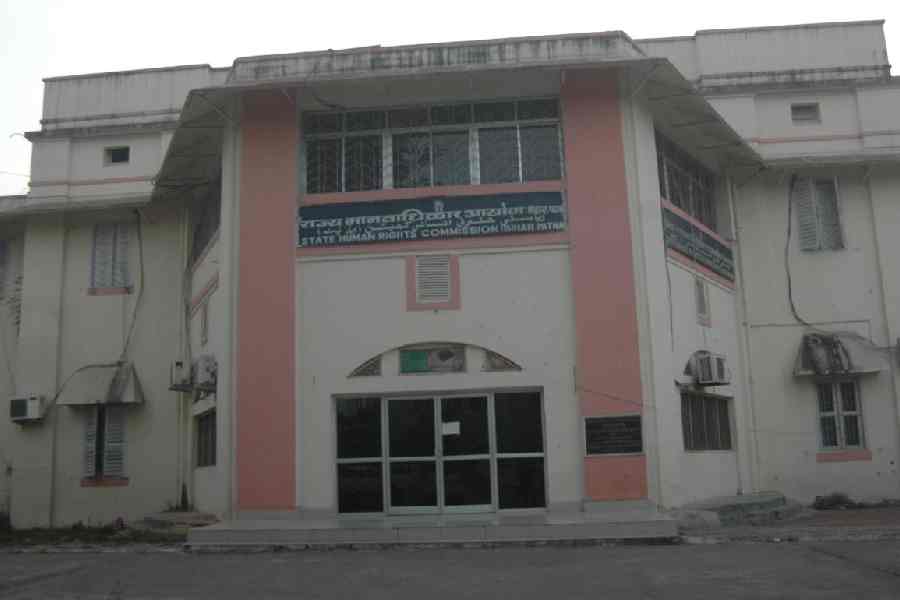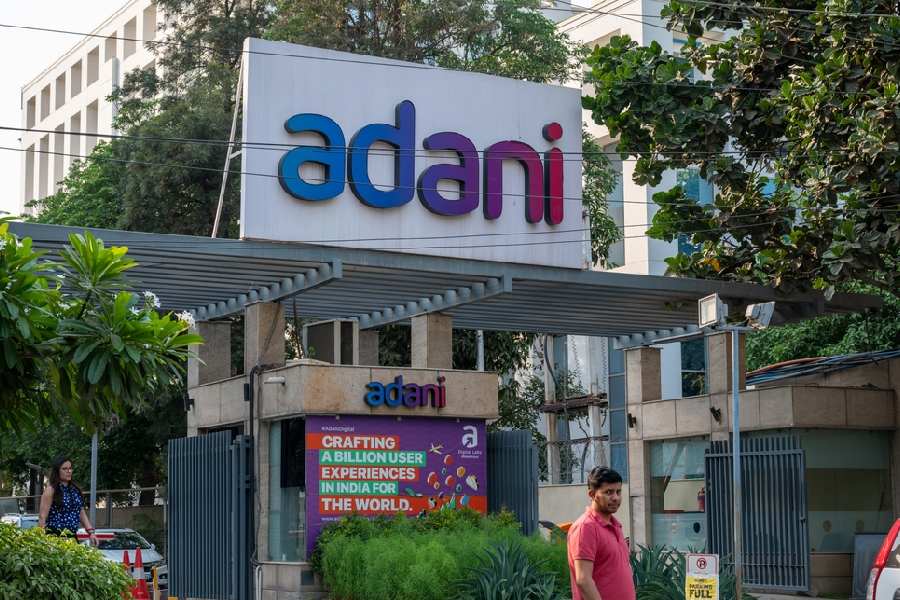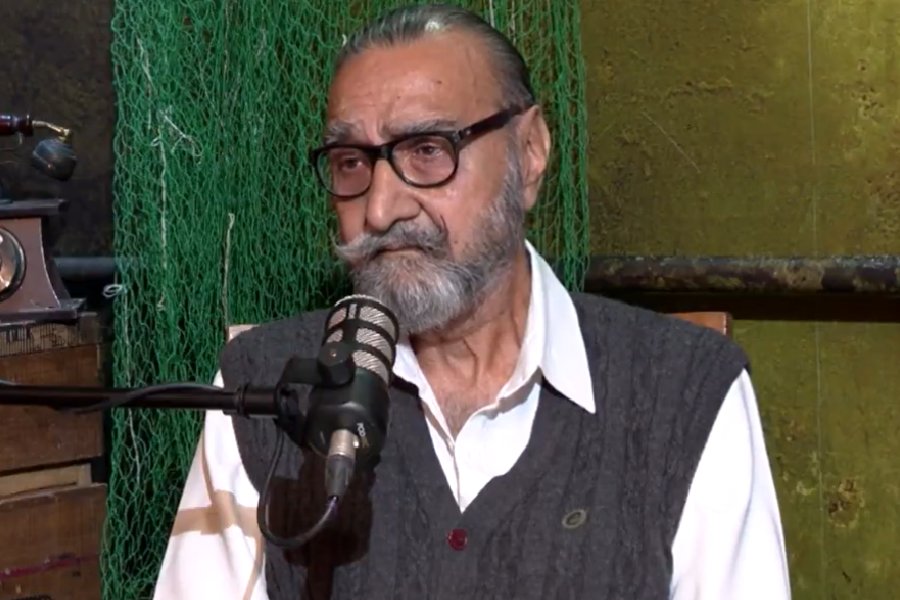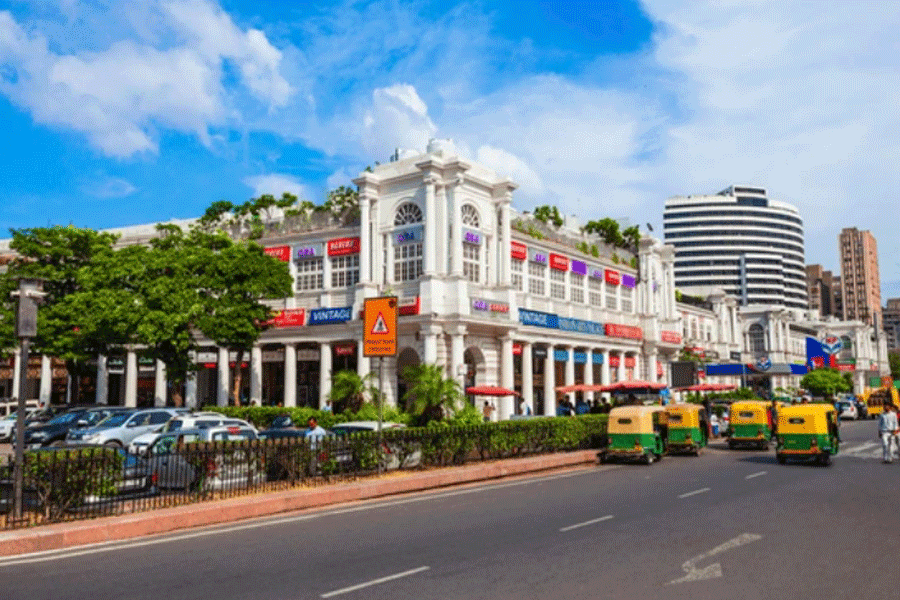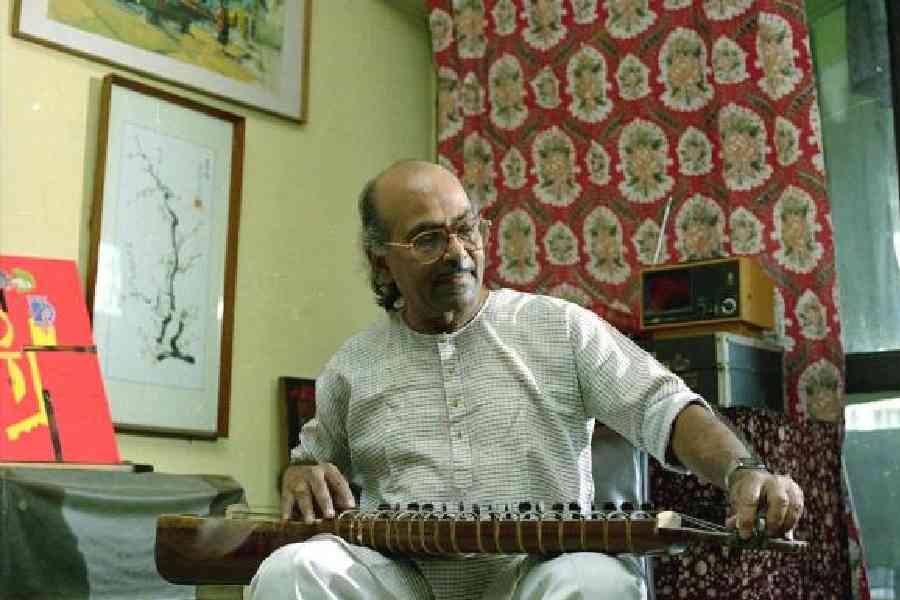State Human Rights Commissions were created to be watchdogs of human rights violations by the State or its agents. That is their sole purpose. An RTI-based study conducted by the India Justice Report assessed the structural capacity of these Commissions for the period 2023-24 and found that the 25 State Commissions dotted around the country continue to be so starved of money and human resources that they have become near ghost institutions. Long years of under-resourcing of SHRCs ensure that they are all too often invisible, inaccessible and ineffective.
Two years ago, West Bengal had the worst capacity among SHRCs.But in IJR 2025, it has done better than all others because it had found a chairperson and members; increased gender diversity, particularly among the executive and investigative staff, it being one of the five Commissions with women in the executive staff; and had a higher disposal and better budget utilisation. On the other hand, the Bihar SHRC’s performance worsened owing to a 50% vacancy in the executive staff and no women in its executive or investigation wing.
The Commissions consist of three distinct wings: investigation, adjudication and administration. The effectiveness of the SHRCs relies much on its ability to independently investigate violations of human rights. This requires such investigative staff. Statutorily, the investigation wing is to be headed by an officer “not below the rank of Inspector General of police”. Other necessary staff include a superintendent of police, an additional superintendent or deputy superintendent, and inspector. As per RTI responses, three states — Jharkhand, Sikkim and Andhra Pradesh — had no investigation wings. Further, only 10 Commissions reported a full complement of commissioners and secretaries. Vacancies are seen to persist over years and run into high numbers. Between 2022 and 2024, overall vacancies at the level of seniormost functionaries have increased from 17% to 27%. Four states had no chairpersons (Haryana, Jharkhand, Karnataka and Telangana) while three had no members at all (Haryana, Jharkhand, and Telangana). Elsewhere staff vacancies stood at above 60% (Chhattisgarh and Uttar Pradesh).
Upholding diversity, which is a cornerstone of human rights, too remains amiss in the Commissions. No Commission has a woman chairperson and only five have women in their executive staff.
A pivotal function of the SHRCs is visiting prisons and other custodial institutions to examine their living conditions and make recommendations to improve them. This becomes especially compelling given the inhuman conditions of prisons in the country, most of which are severely overcrowded. The 13 SHRCs that responded recorded only 80 visits to prisons/other institutions in the year, 2023-24, despite there being more than 350 prisons/such institutions in these states. Some SHRCs like those of Madhya Pradesh, Andhra Pradesh and Telangana didn’t record visits to even a single prison.
On the financial front, in contrast to the National Human Rights Commission whose budget for the year, 2022-23, was Rs 58 crore, the total budget for all SHRCs in the same period amounted to Rs 143 crore. Of this, Telangana accounted for Rs 10.8 crore while Jharkhand had the lowest allocation at Rs 1.7 crore. Taken cumulatively, in five years, the allocation to SHRCs rose from Rs 99 crore in 2018-19 to Rs 142 crore in 2022-2023.
The SHRCs’ adjudication, investigation, monitoring, research, outreach and awareness raising mandates lie unfulfilled. In truth, the SHRCs remain largely invisible to the populations they are meant to serve. In a country of 1.4 billion people, just over one lakh cases reached all SHRCs — a sign that people either don’t know about these bodies or don’t believe they can help. Only 4% of the cases were taken up suo motu. Their websites — often outdated, hard to navigate, and lacking basic functionality — do little to enable access. With the exception of Karnataka, no State Commission provides a complete suite of citizen services online.
If levels of access are telling, so are outcomes. While the average complaint disposal rate in 2023–24 stood at above 80%, most complaints were disposed of at the outset because they were civil matters, or disputes that did not fall within the definitional jurisdiction. Even with this low intake, over 50,000 complaints remained pending in 2024. Jharkhand and Telangana couldn’t clear a single complaint in 2023-24: an indictment of both reach and responsiveness.
Now over two decades old, the promise of SHRCs as close-to-the-ground, independent watchdogs safeguarding the dignity and the rights of every individual remains unrealised. In too many states, they have become symbolic institutions — there in form but not in impact. For these bodies to fulfil their constitutional promise, they must be revitalised with greater transparency, stronger leadership, independent budgets, a full complement of skilled staff, and active public outreach. Otherwise, they risk becoming one more broken link in a justice system that is already struggling to serve those most in need.
Valay Singh, Sarab Lamba and Nidha Parveen work with the India Justice Report

